|
And there's more! The beautiful patterns on dragonfy wings are very similar to a kind of mathematical pattern called a Voronoi diagram.
And spider webs are very geometric structures. Many mathematics research papers have been written about how spiders make their webs! And when you zoom in on the compound eye of a fly, you can see that it is made up of thousands of hexagon-shaped receptors called ommatidia. And we all know how much bees like hexagons! |
|
|
Hot on the heels of #Maydala comes another maths art challenge: the #doodlebug #Junebugchallenge! During the month of June, doodle, draw, paint, photograph, or even sculpt some artwork based on insects, and post to Twitter using the hashtags.
(Both doodle bugs and June bugs are actual real-life insects and will be VERY chuffed to hear about this challenge named after them.)
Why bugs? Well, insects are actually very mathematical creatures. For starters, they exhibit almost perfect reflective symmetry, as you can see from the images below.
So there's lots and lots of maths in insects. But how to make use of it in your artwork?
Well, all that symmetry, combined with their beautiful, intricate, geometric patterns, means that insects are the perfect subjects for a doodle, like these lovely pen drawings below.
You can also take inspiration from the many artists who use insects in their work. There are several mentioned in this blog post by @ArtyTeacher. Another inspiring insect artist is Alex Konahin who is featured in my Insect Symmetry lesson. His insects are incredibly ornate and intricate!
You can decorate your bugs however you like; you can even incorporate them into mandalas if you wish! Here are some stunning examples from talented Instagrammers.
If you are worried that you might not be able to draw your bug outlines accurately, you can always trace an outline from a photo of an insect first, before filling it in with your decorative doodles. It's best to use copyright free images for this - use the 'labelled for reuse' filter on your search engine, or use free stock photo websites like Pexels or Pixabay.
If you haven't got any tracing paper, simply use printer paper and trace the image up against a window, so that it acts like a lightbox.
And if you haven't got access to a printer you can trace directly from your smartphone or tablet screen - you just need to disable the touchscreen first! Put your screen brightness up to max, so that you get the full lightbox effect. Then, if you have an ipad or iphone you can follow the instructions in this video. Remember to make a note of that passcode!
You can disable the touch screen on Android smartphones and tablets too. Simply search Youtube for the instructions for your device.
You don't have to post a picture every day (although you can if you wish). You can also work on extended projects, and either post 'work in progress' shots daily, or simply wait and post your finished artwork when complete. This is a work in progress that I'd like to get finished during the #Junebugchallenge. I decorated mine with an Islamic geometric pattern, and painted it with tea!
So, all that's left is to get creating! Remember to tag your pictures with #doodlebug (if you've done a doodlebug) and with #Junebugchallenge. Happy doodling :)
1 Comment
This month, Lindsey Bowkett (@MissBowkett) and I have been challenging ourselves to draw a mandala a day in May. We both wanted to get back into the swing of making art regularly, and when Lindsey coined the hashtag #Maydala, we were off!
We have been delighted to have been joined on the journey by many other maths teachers across Twitter – here are some of their wonderful designs. For even more marvellous mandala mayhem, do check out the #Maydala hashtag!
Mandalas are rich in mathematics (circle geometry, reflective and rotational symmetry), and provide useful practice with geometry tools including rulers, compasses and protractors. Several teachers have asked how to introduce the activity to their students, so I have decided to collate the ideas and resources from my original twitter thread here.
The word ‘mandala’ means ‘circle’ in Sanskrit, and mandalas have a deep spiritual or cosmic meaning in many cultures and traditions. For our #Maydala purposes, a mandala is any circular design exhibiting pattern and symmetry.
Mandala making is accessible to all. The repetitive nature of these designs means that drawing them can be a wonderfully absorbing and meditative process, and it's a process that results in stunning geometrical patterns - bonus!
Designs can be drawn entirely freehand, or using a mixture of freehand and compass/ruler construction, or solely compass and ruler construction. Anything goes! Some participants are even using technology or origami to make their mandalas, with stunning results:
So, how do you get started? These Wikihow instructions are really clear and easy to follow:
And this set of video tutorials from Kathryn Costa (@100mandalas) are very useful too.
Lindsey (@MissBowkett) has made a series of lovely timelapse videos showing her process, such as this one:
And Miss Konstantine (@giftedHKO) made this set of instructions for a fabulous cube mandala, which Becky Warren (@becky_k_warren) followed to make her version, coloured in with colouring pencils, below.
But there are lots of other things you can do too!
How about making a mandala from objects around the house, or from things found on a walk outside? The artist James Brunt (@RFJamesUK) makes fabulous designs from found objects, or from the contents of his junk drawer!
Or if you have a pebble collection you could get creative and add some dotty colour. Check out this totally scrumptious work by the artist Elspeth McLean!
If you’ve got a Spirograph set gathering dust in a cupboard somewhere then this is the perfect excuse to dust it off and get spiralling. Metallic pens add that extra bling!
Fancy giving your compasses a workout? Islamic geometric patterns begin with a single circle, and are some of the most beautifully proportioned patterns in the world. Check out Samira Mian's (@samira_mian) Youtube channel for some clear and easy-to-follow tutorials. Here is a lovely circular pattern perfect for a mandala!
So, a plethora of resources and ideas to help you get started! If you post your finished artwork on Twitter, be sure to use the #Maydala hashtag. You can use it any time of the year - why not?!
|
AuthorI teach maths. I'm a bit arty. I like to combine the two. Archives
May 2020
Categories
All
|


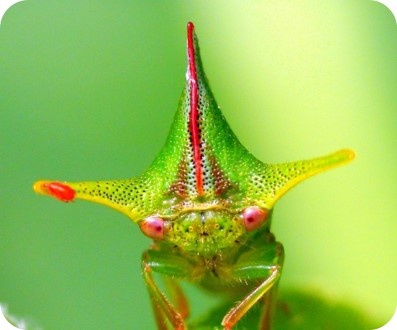
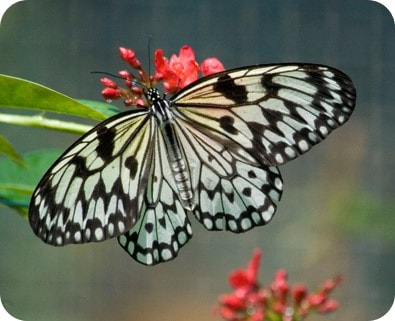
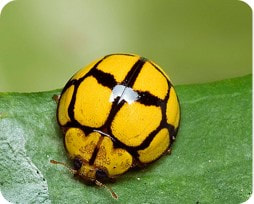

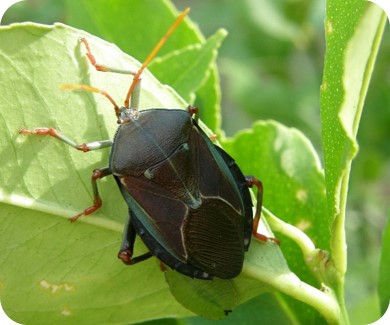
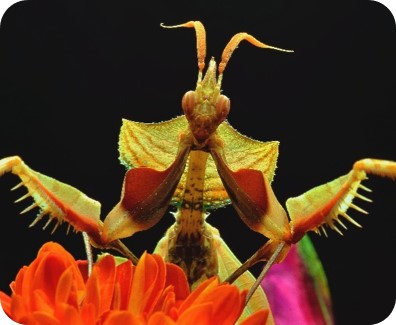
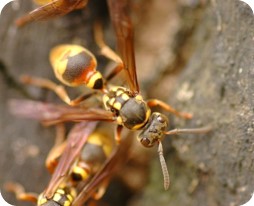
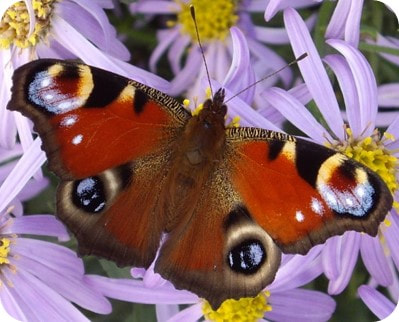
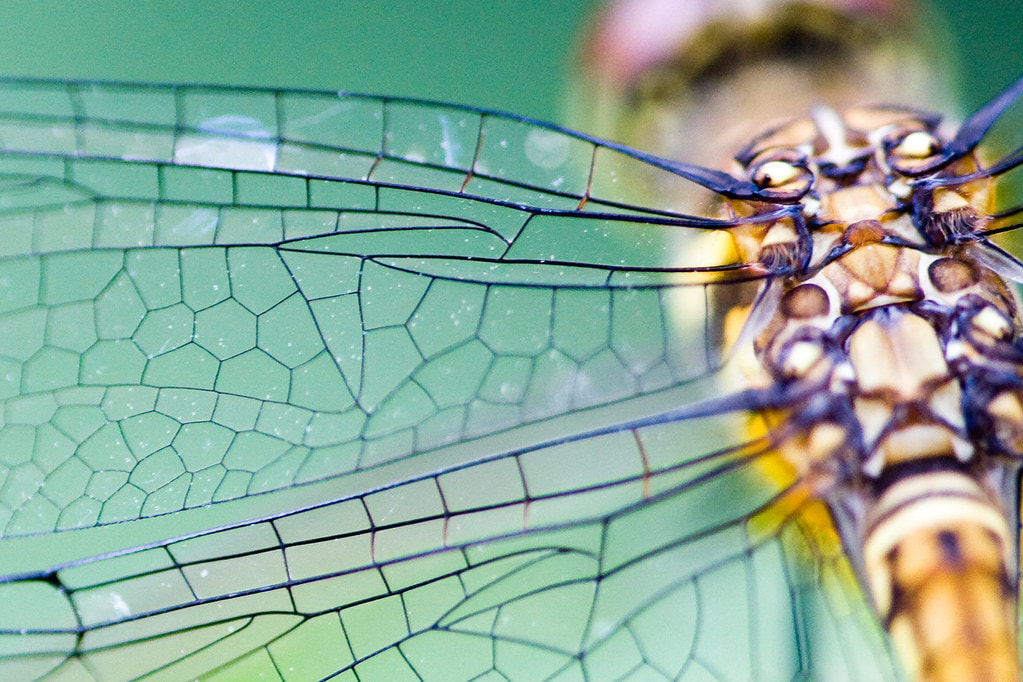
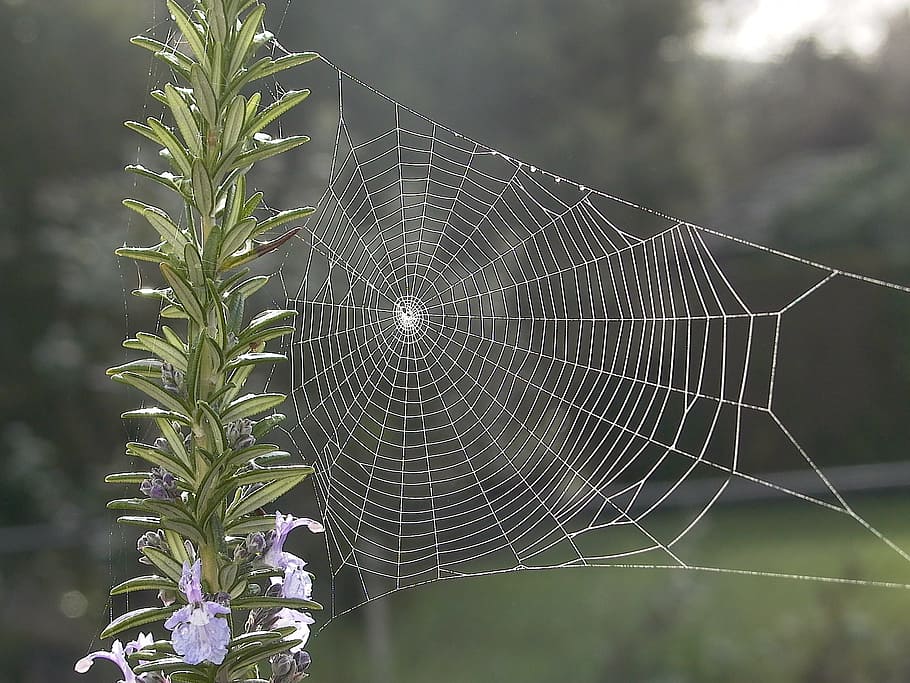
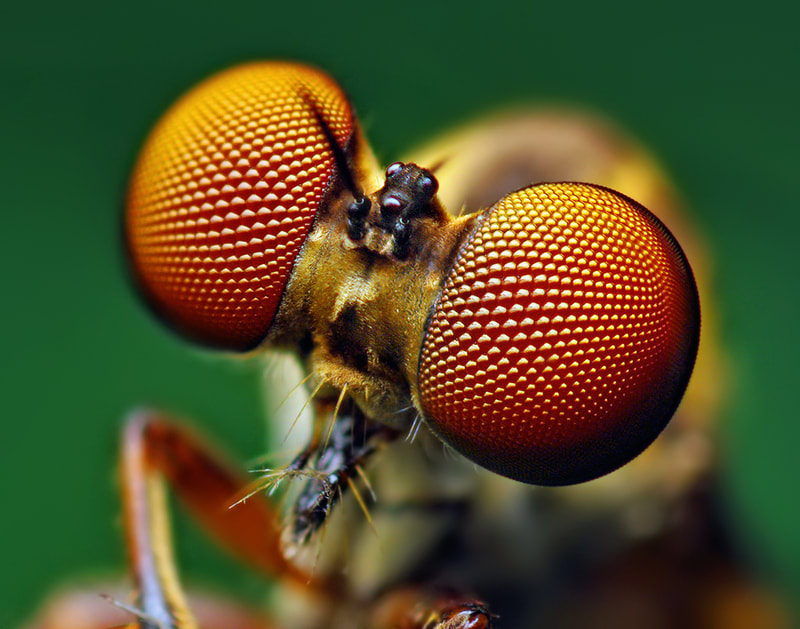
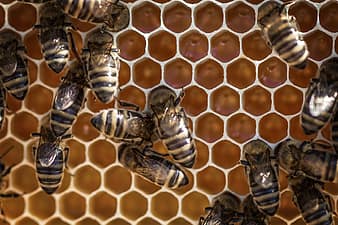
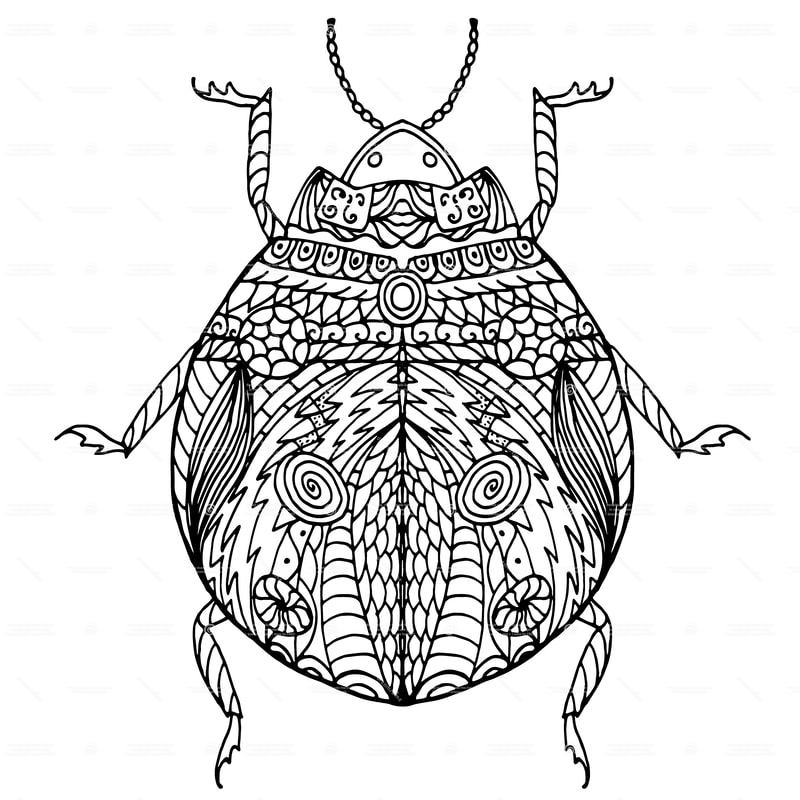
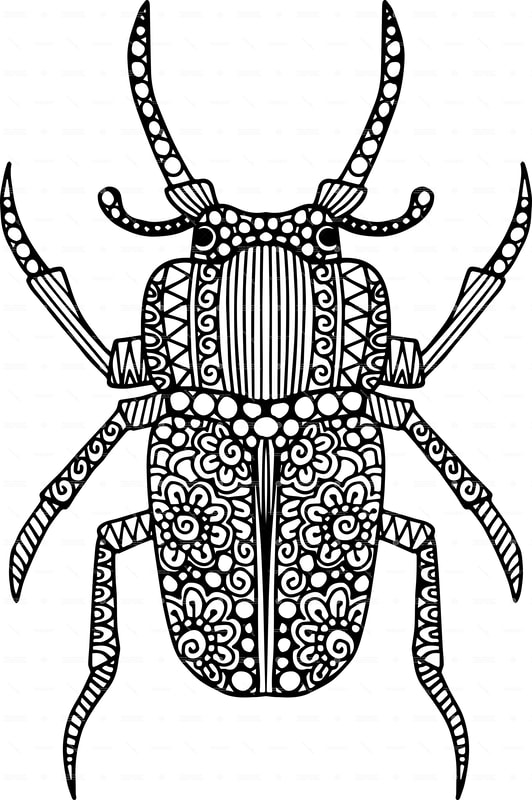
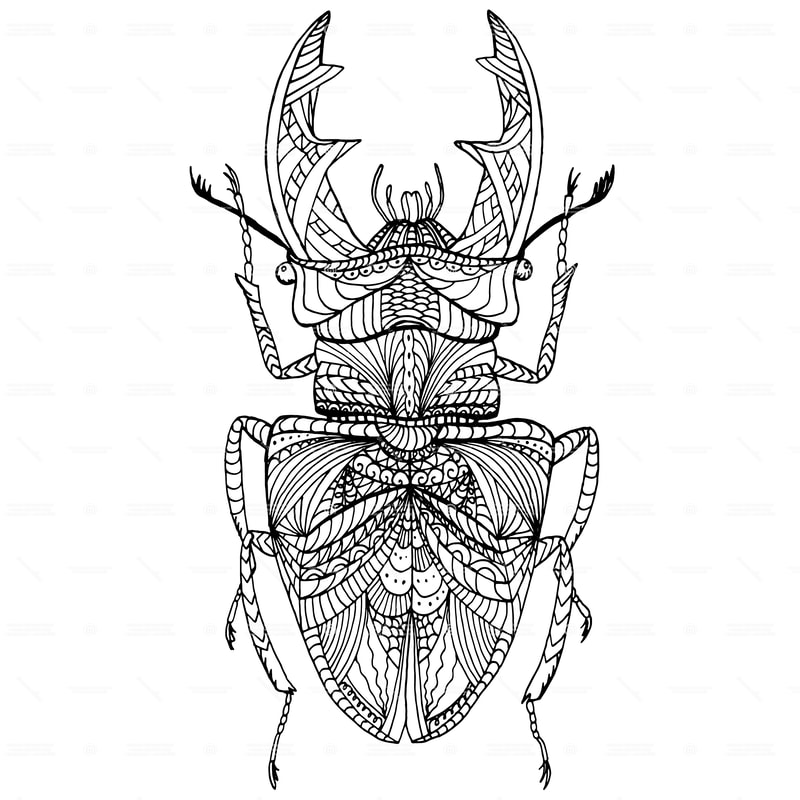
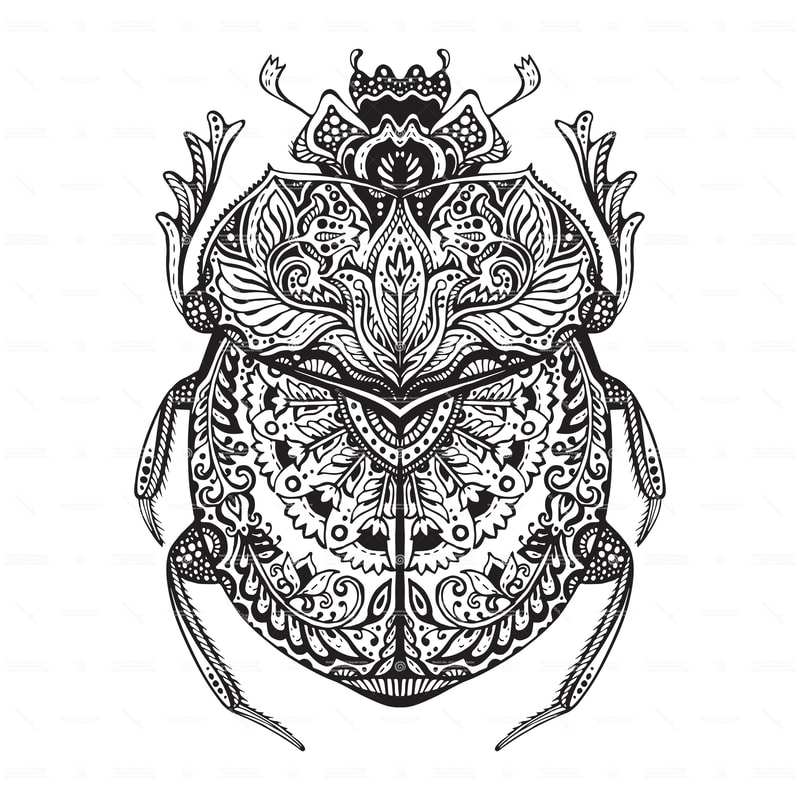
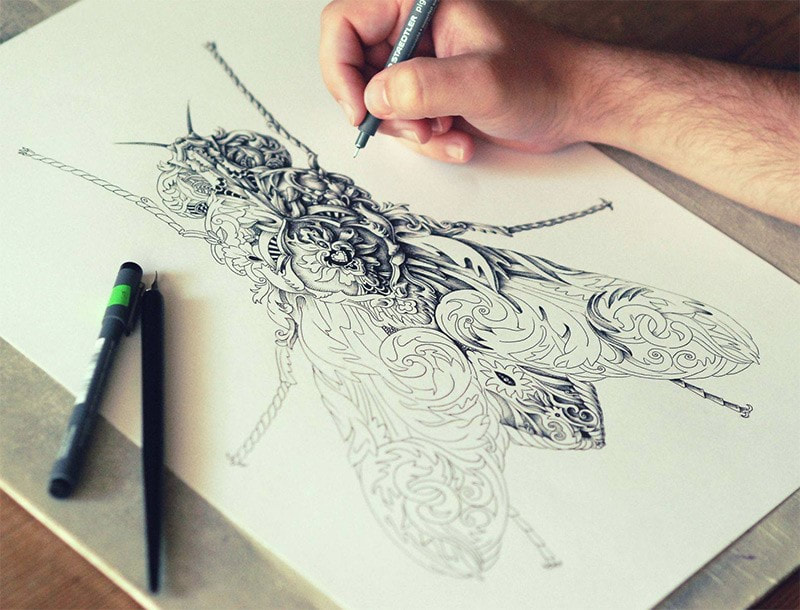
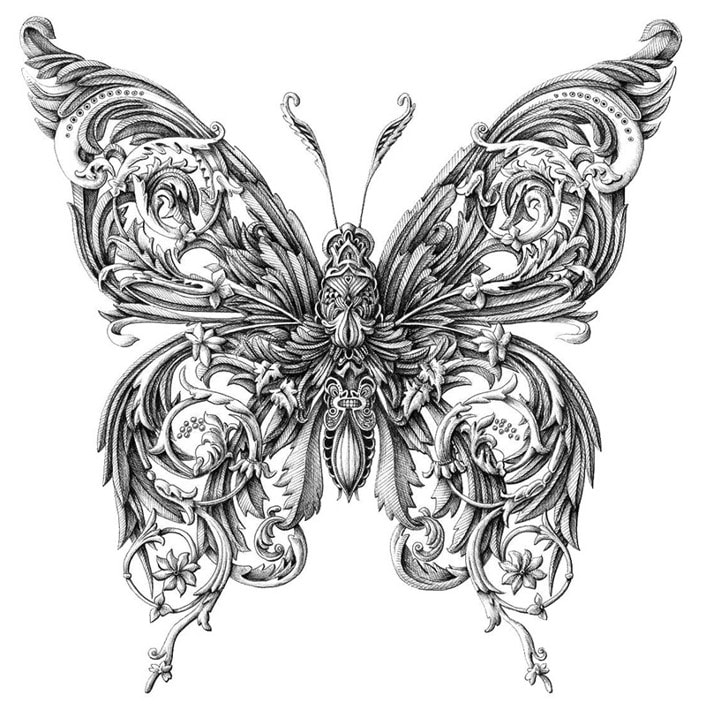
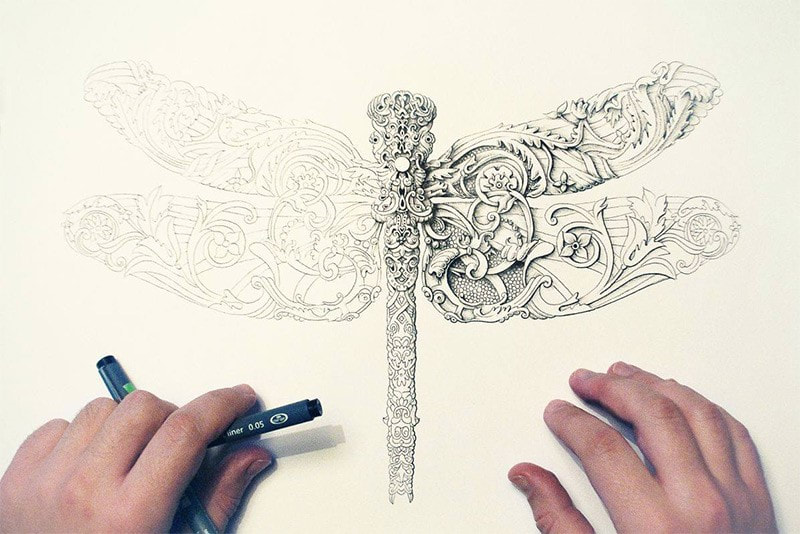

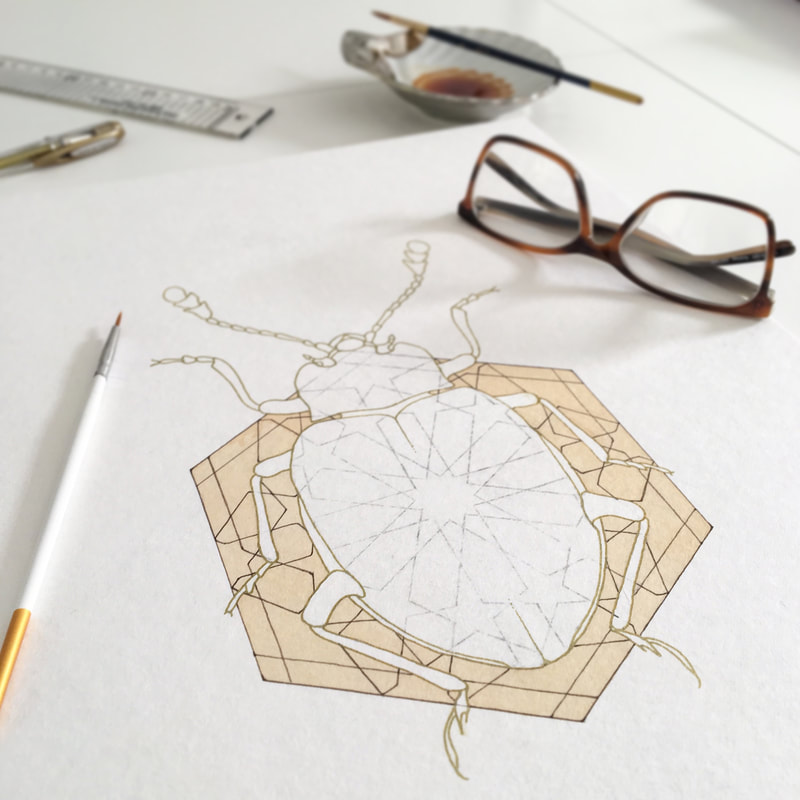
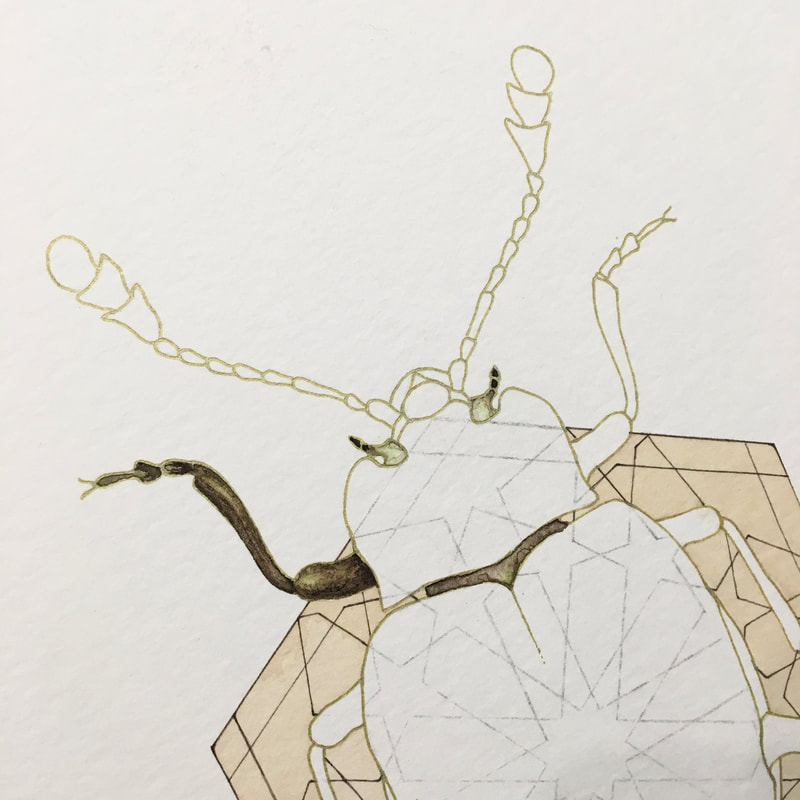
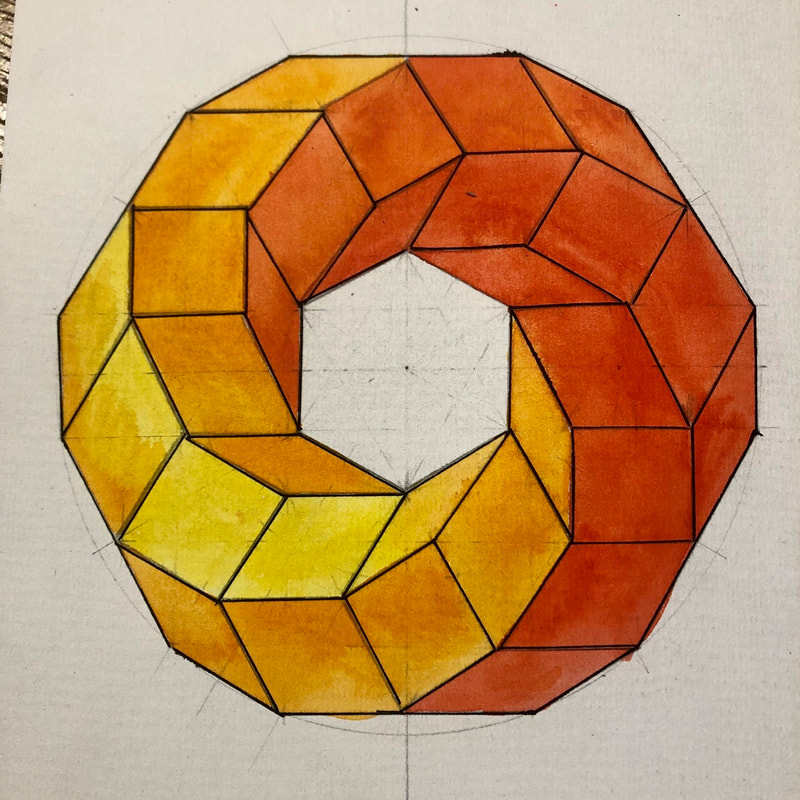
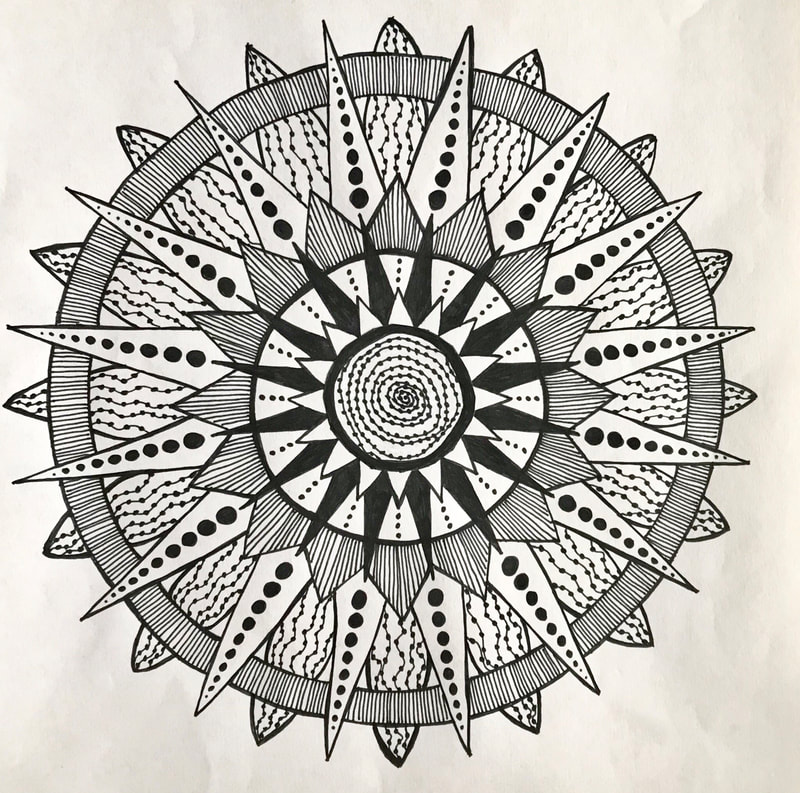
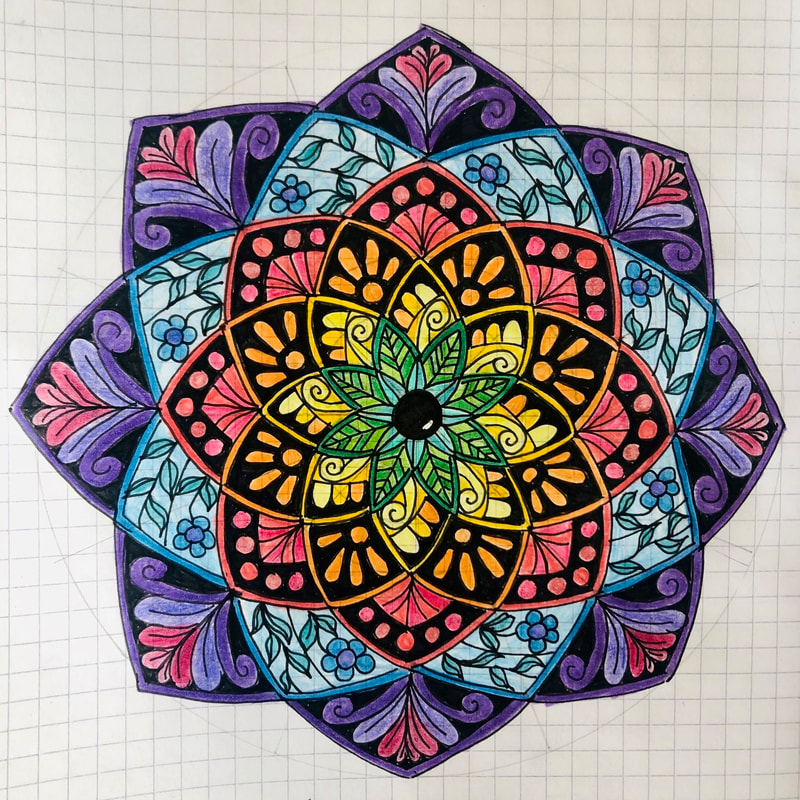
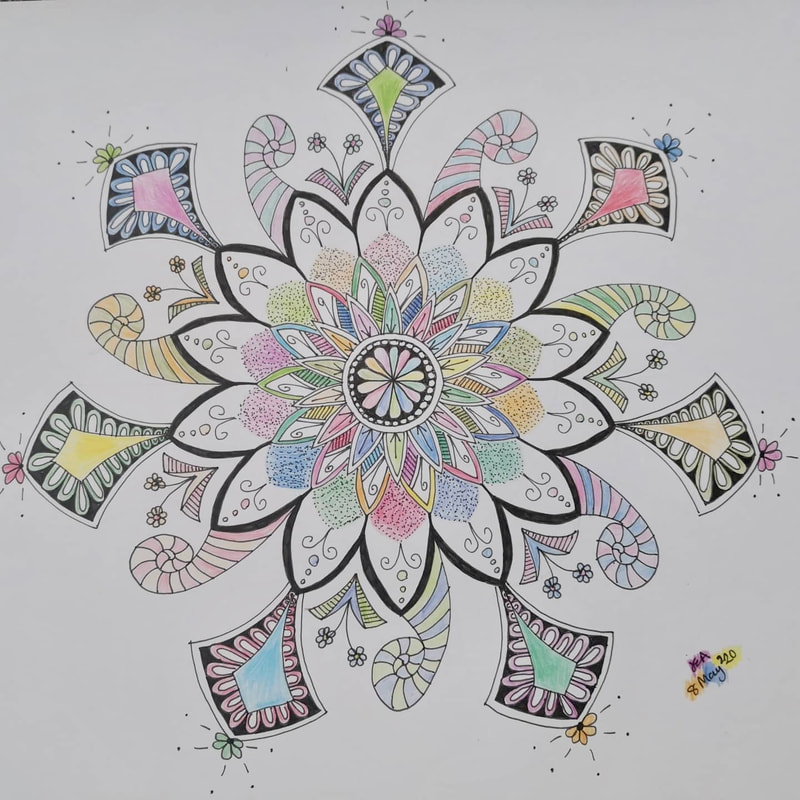
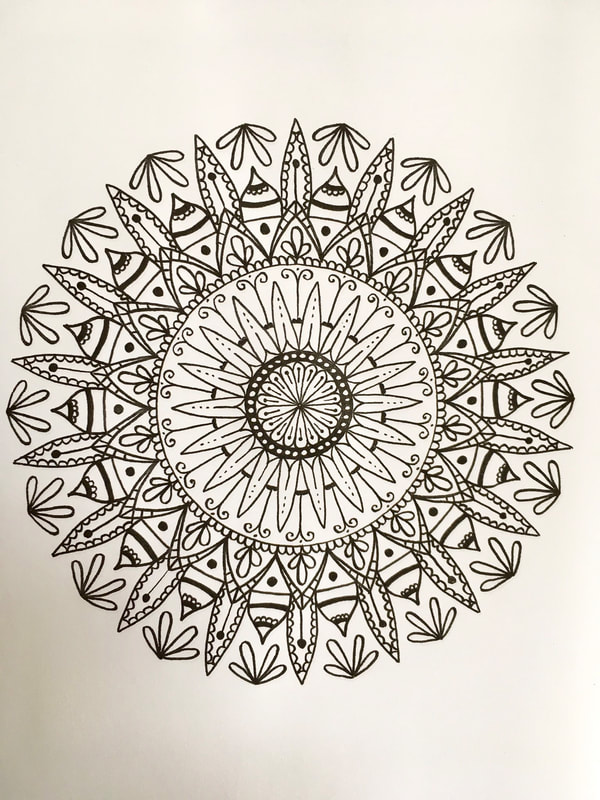
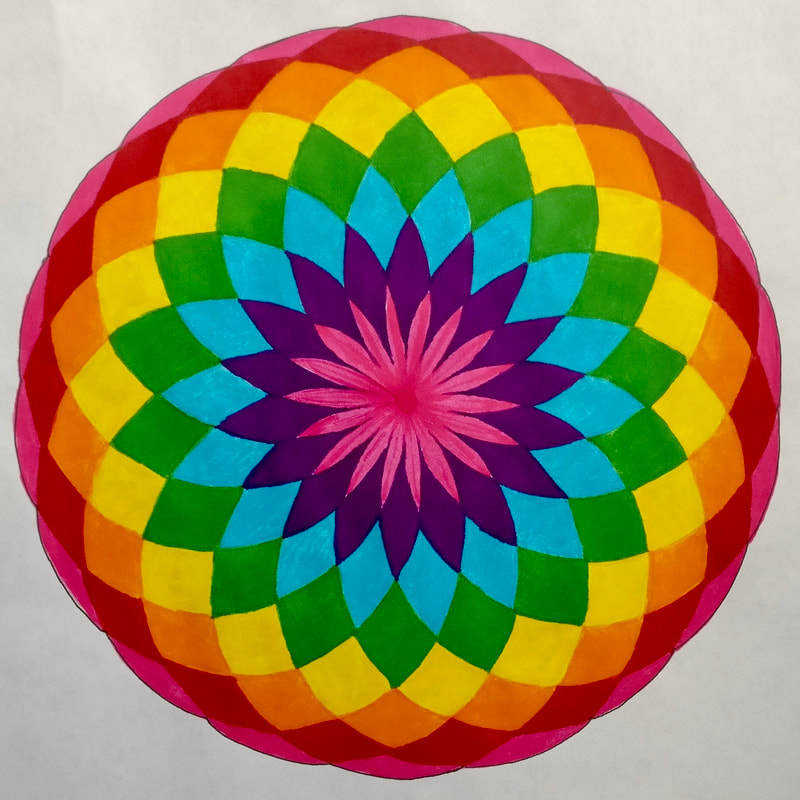
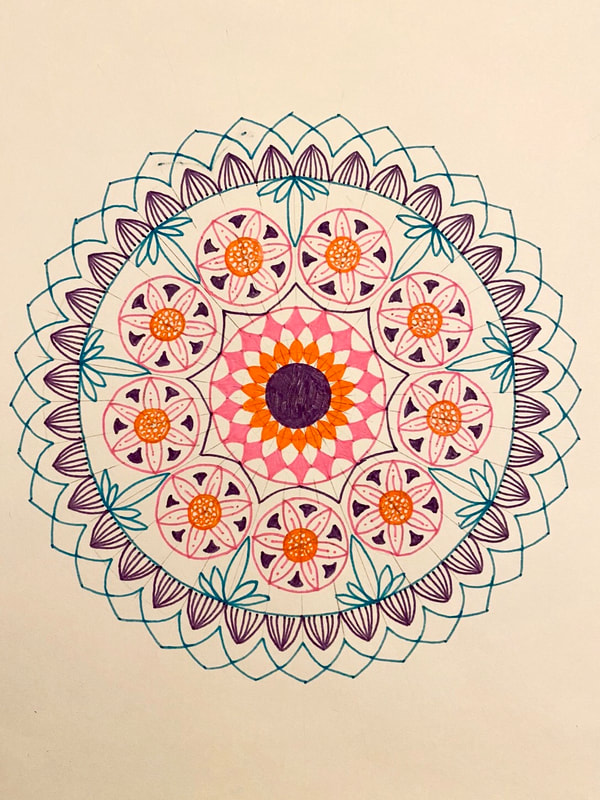
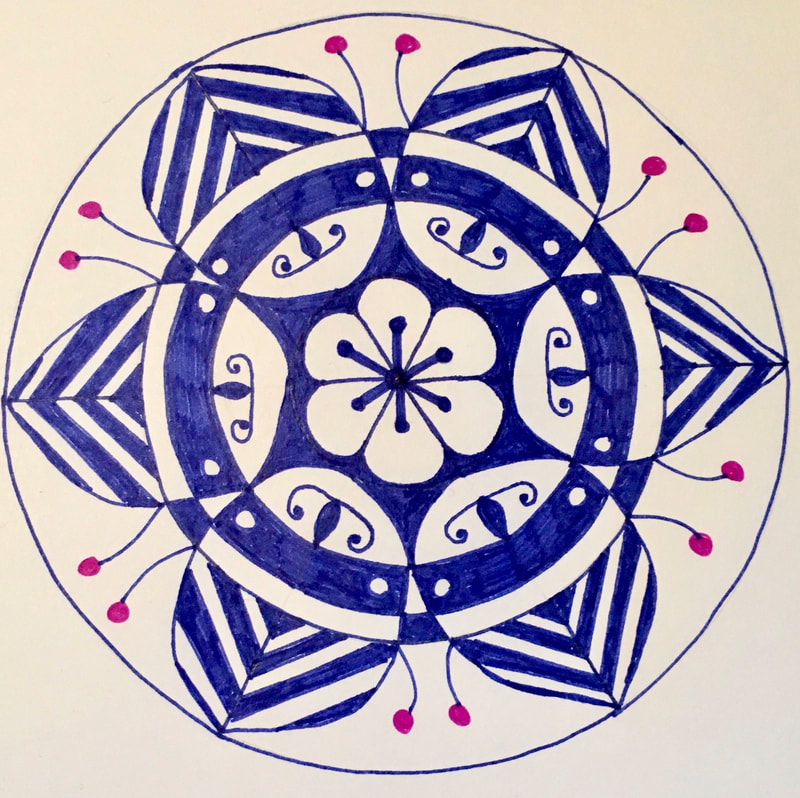
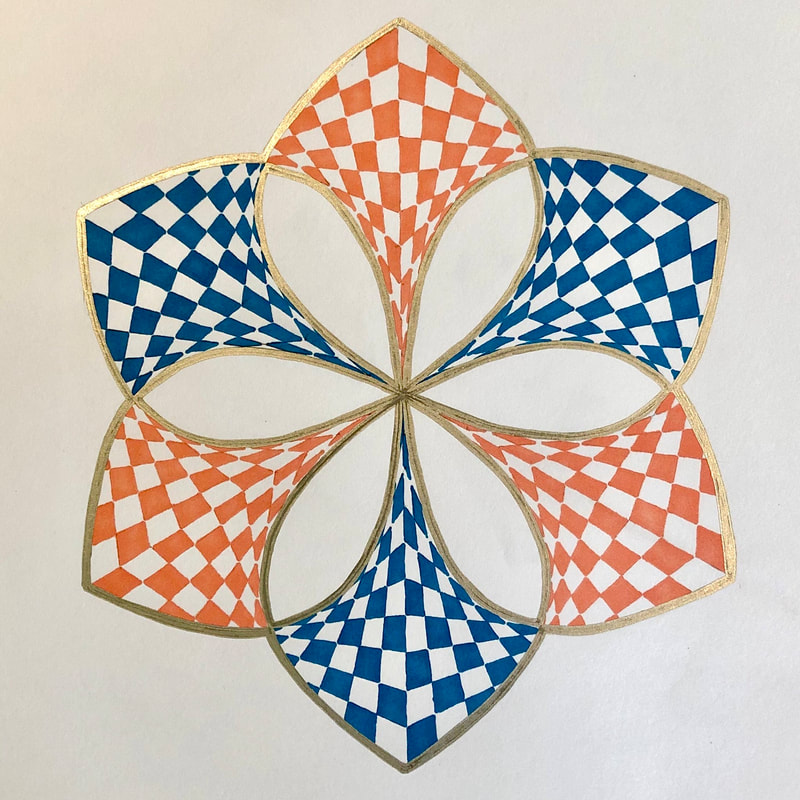
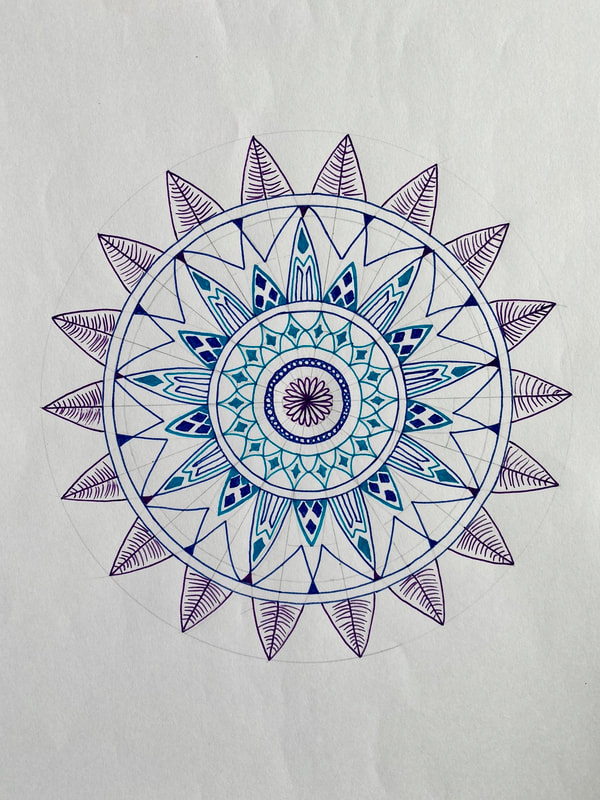
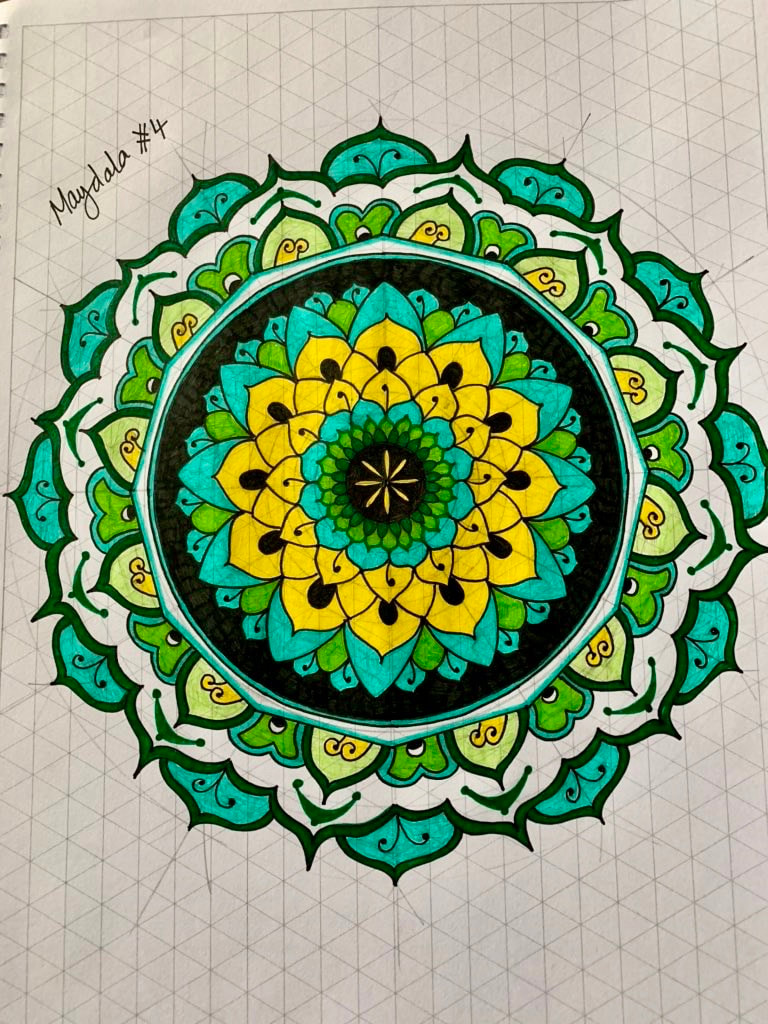
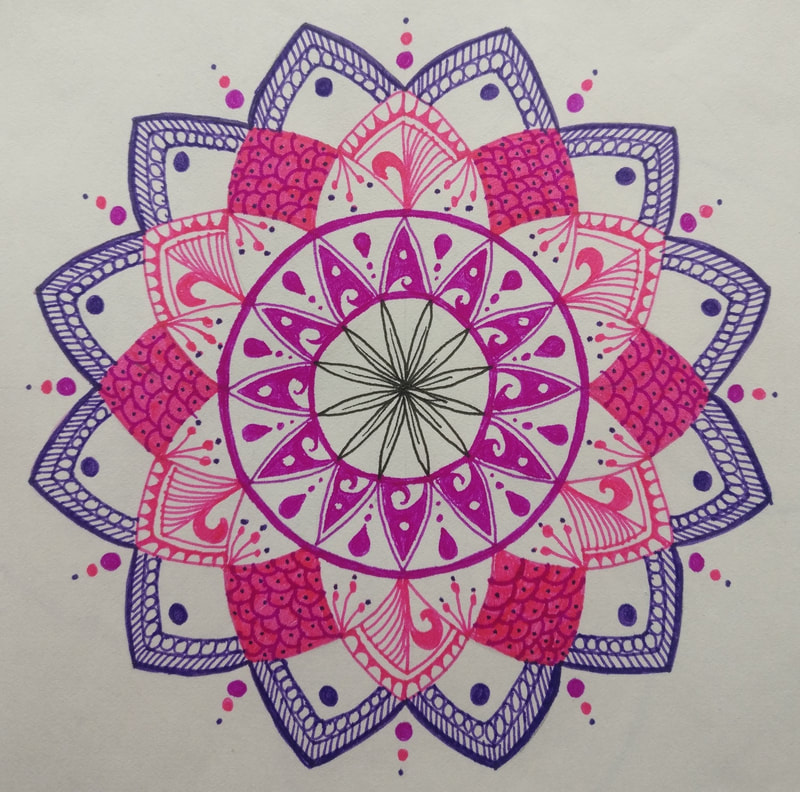
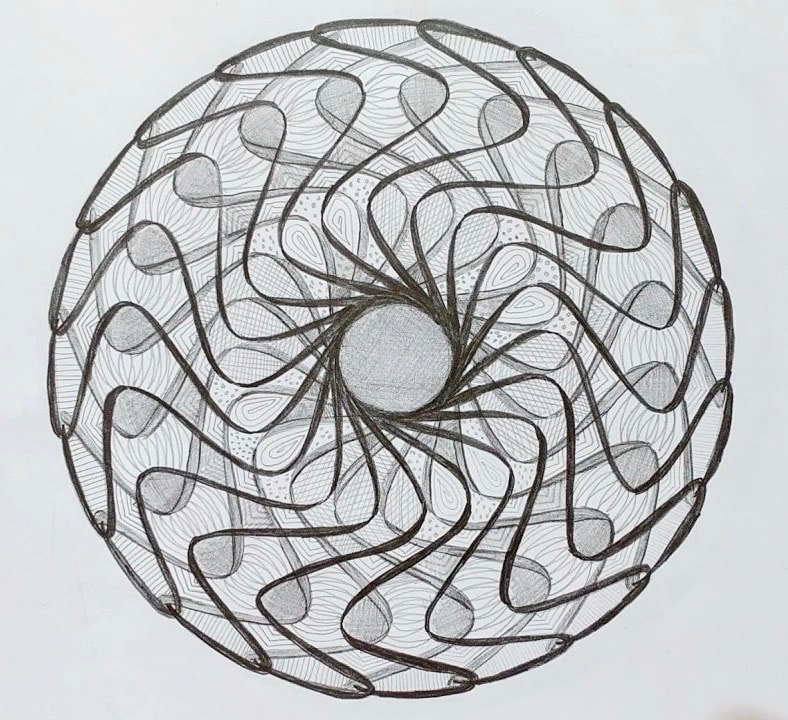
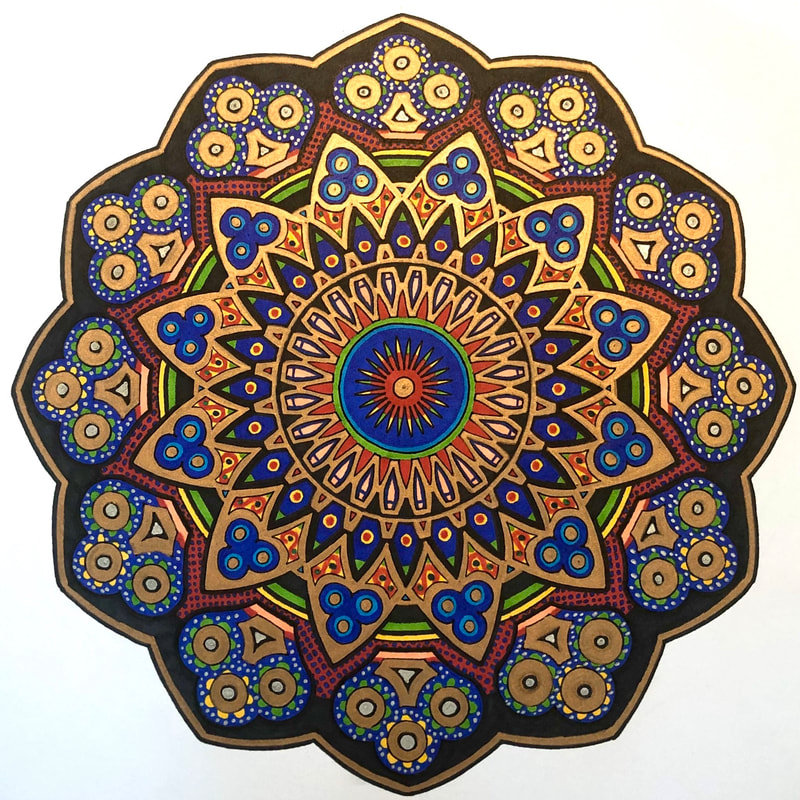
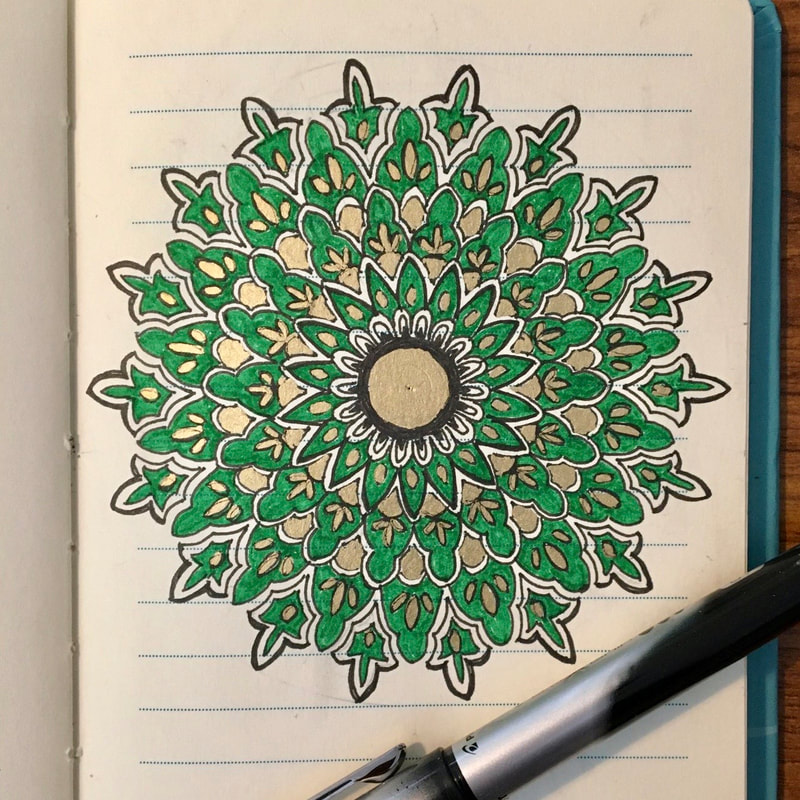
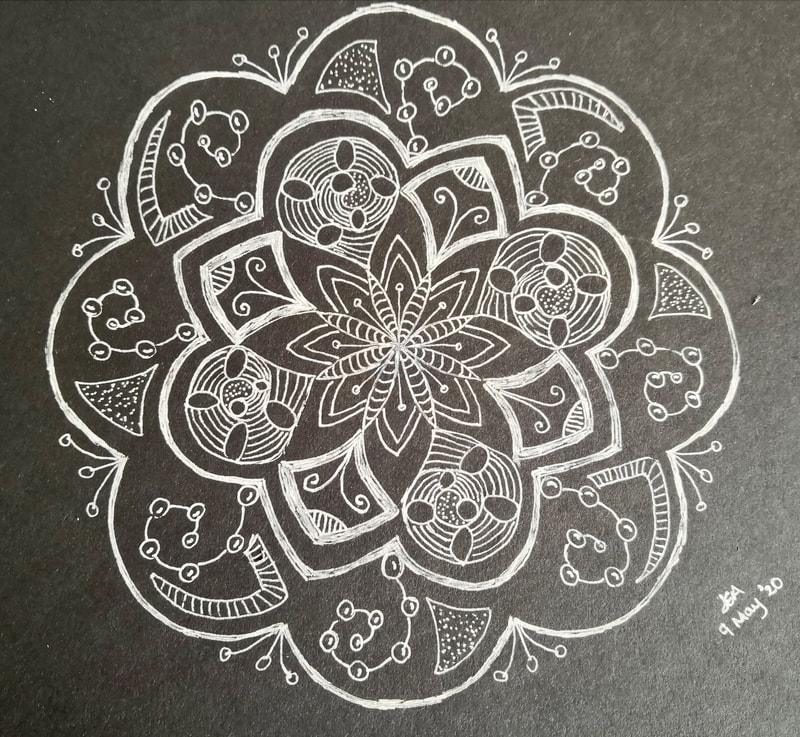
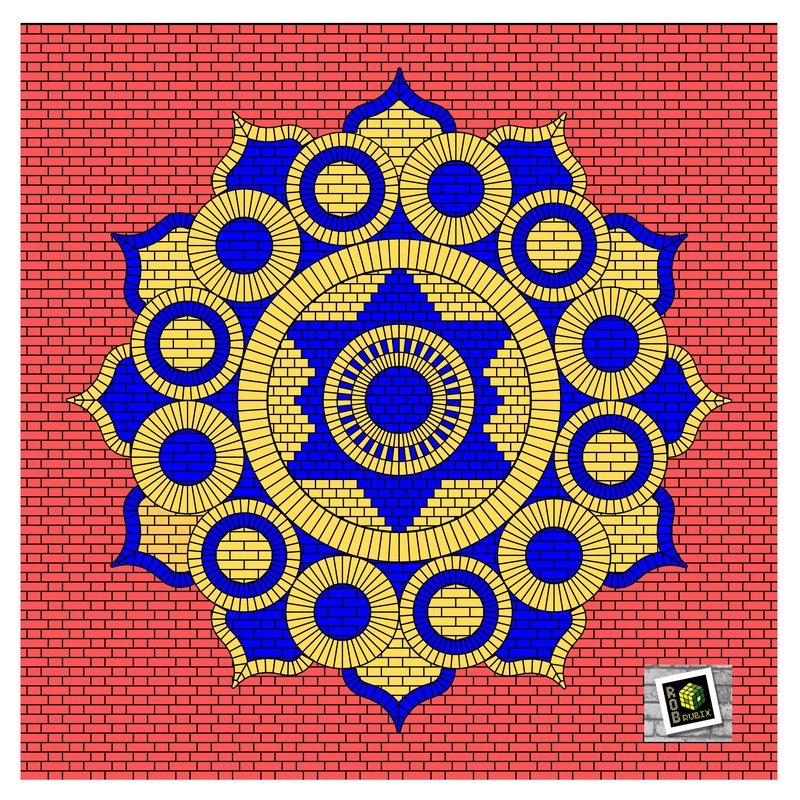
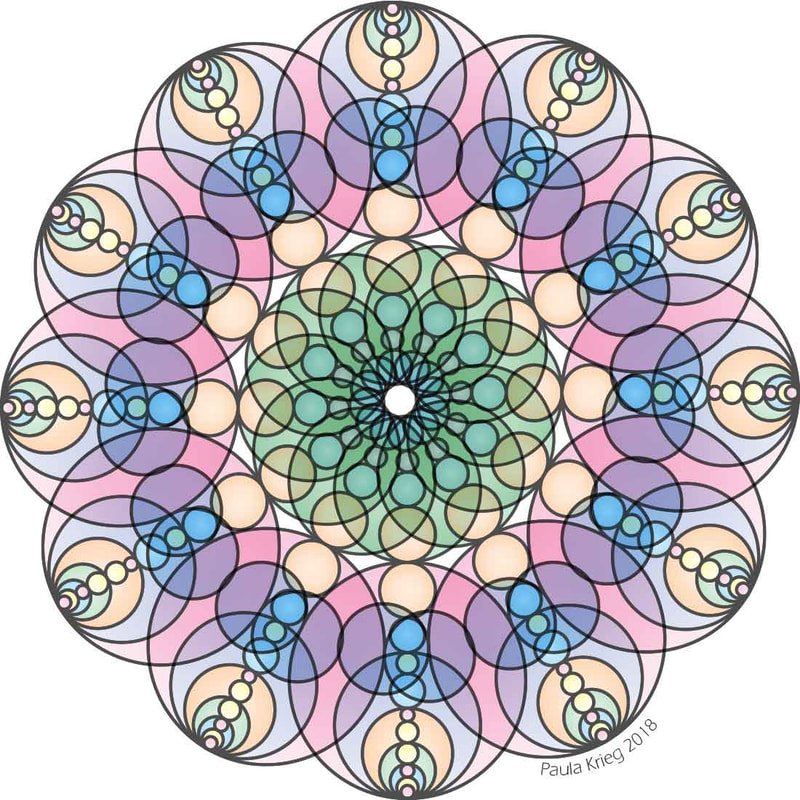
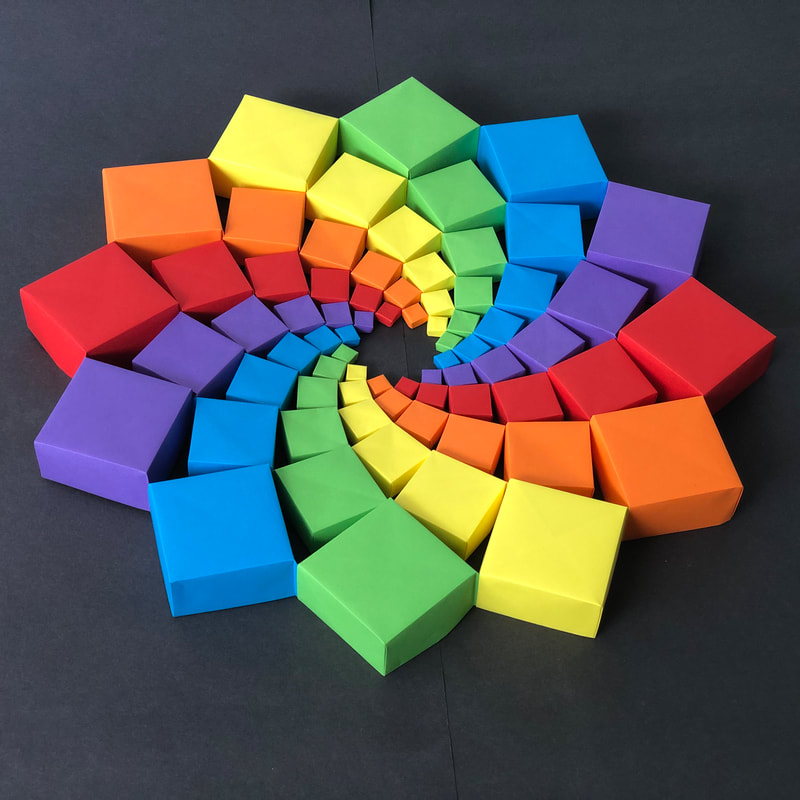
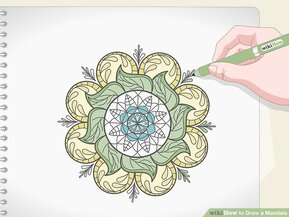
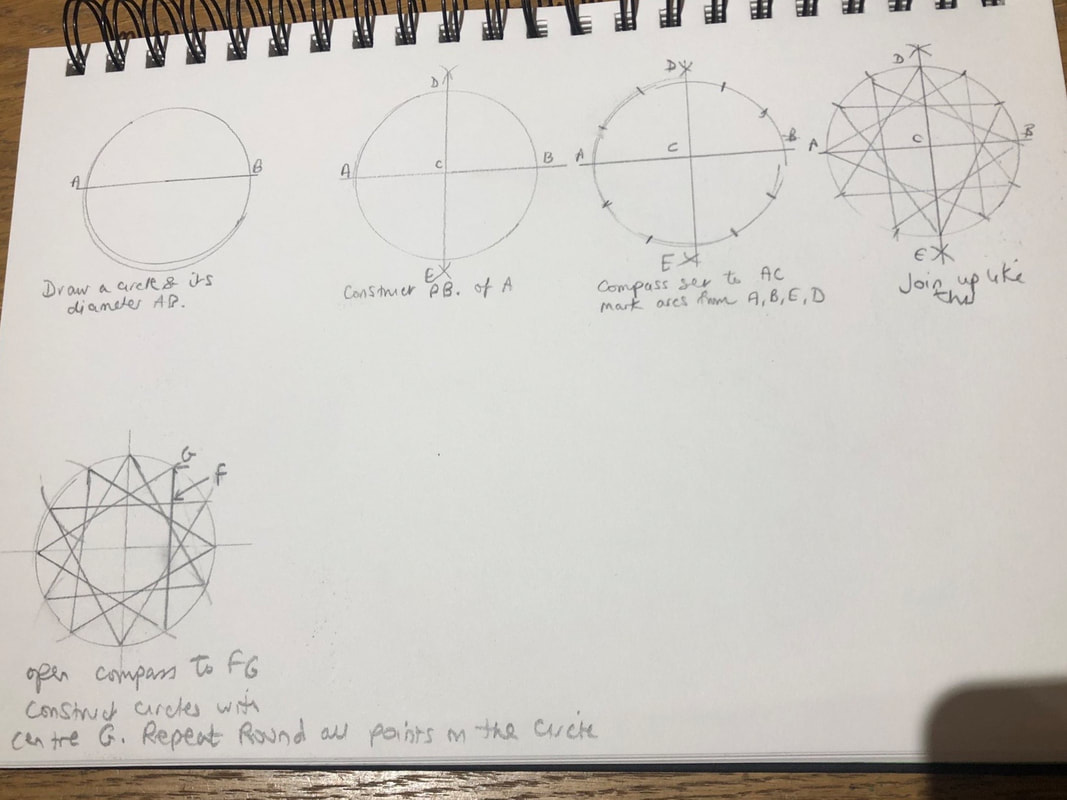
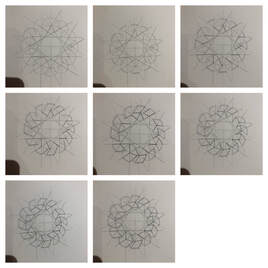
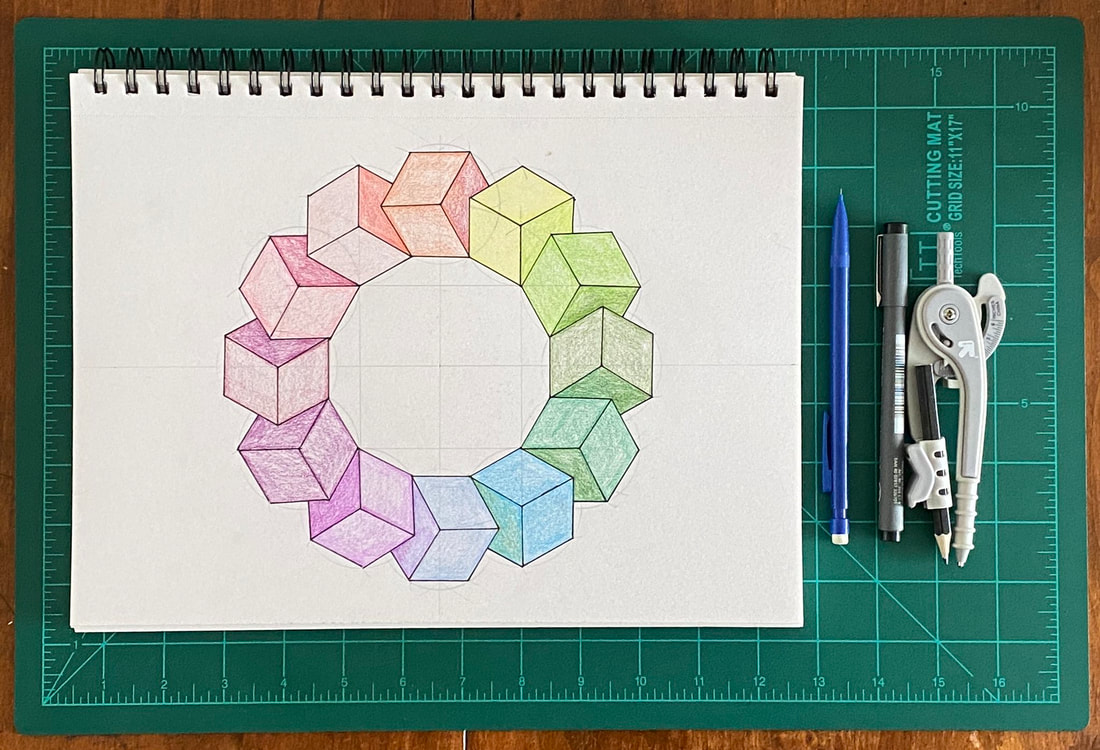
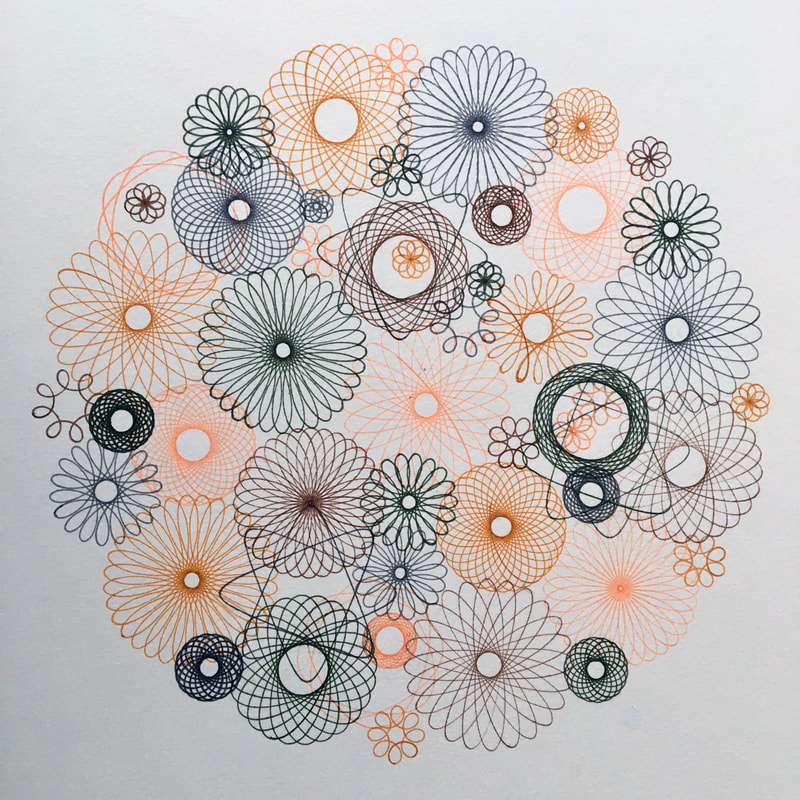
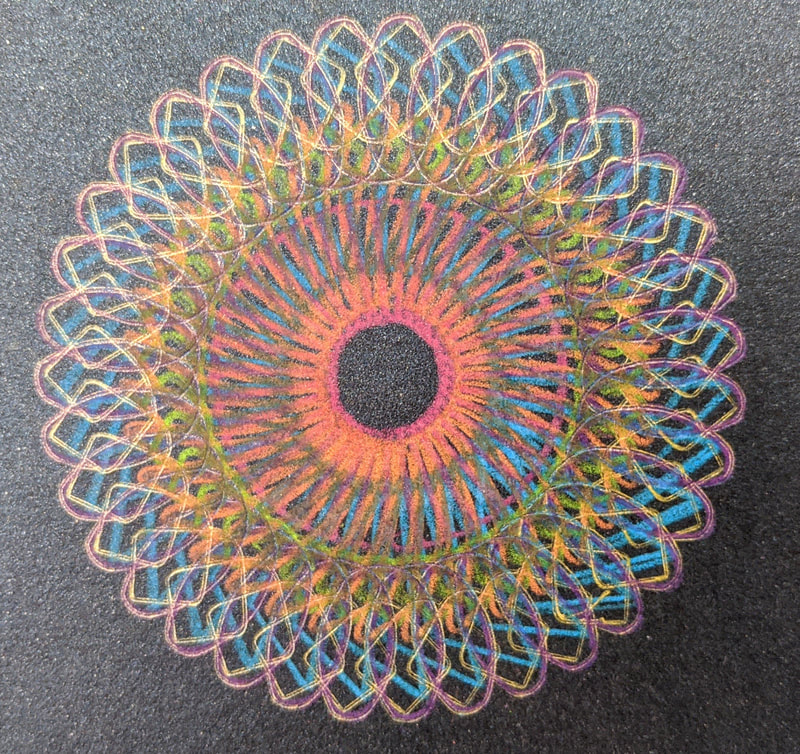
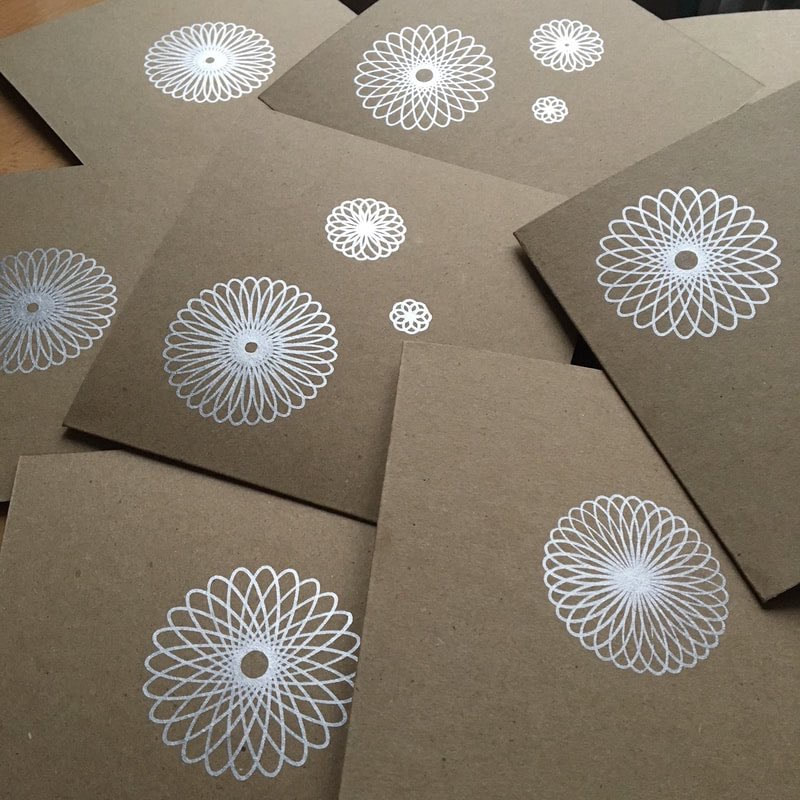
 RSS Feed
RSS Feed

